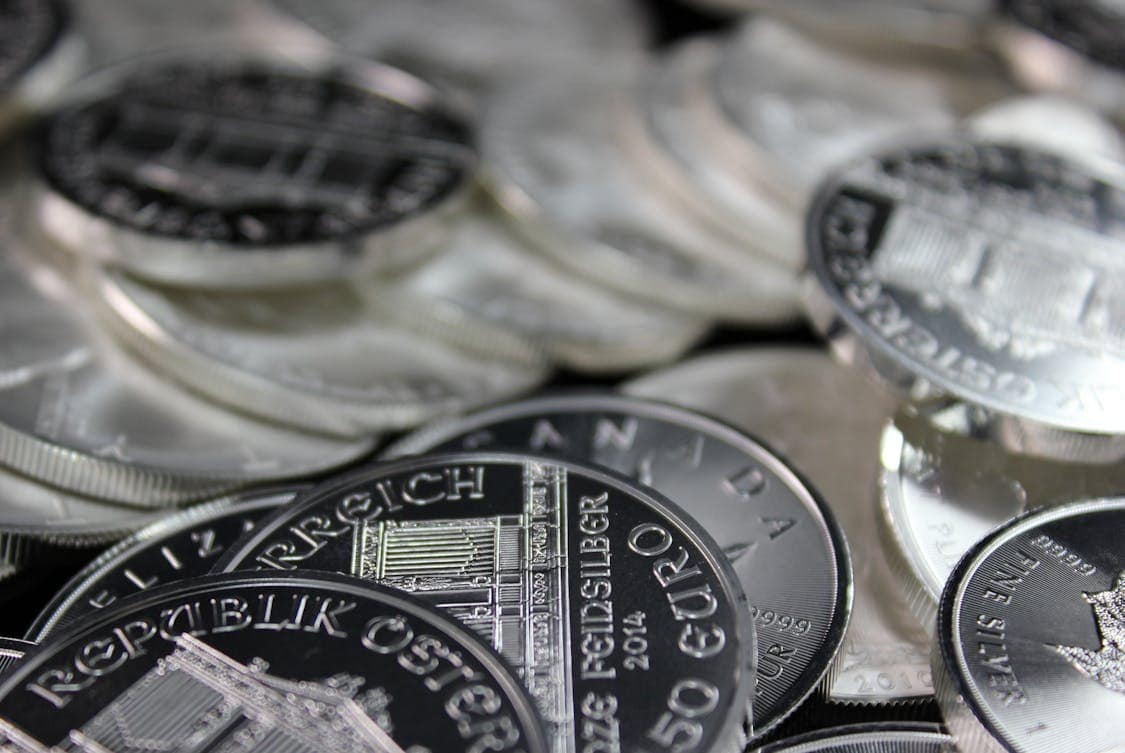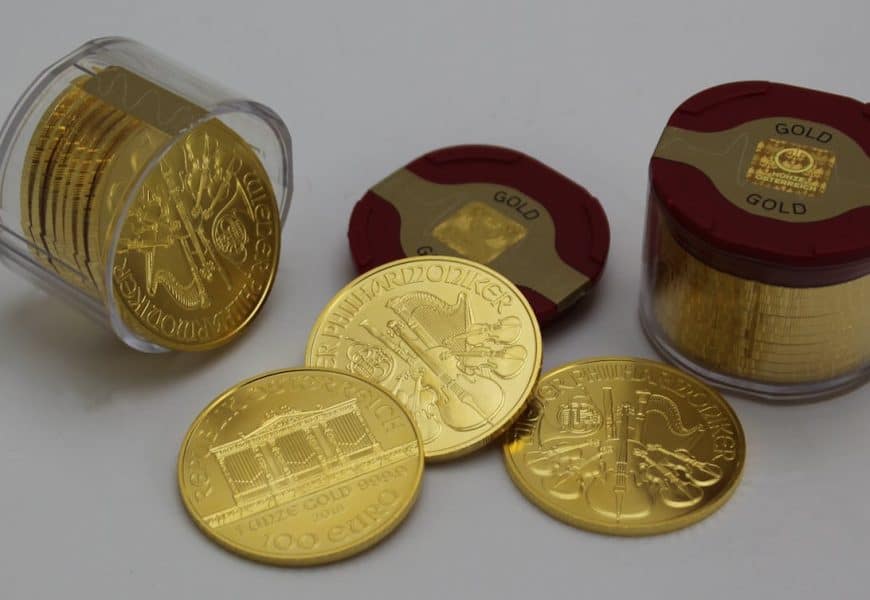Investing in bullion, which typically includes gold and silver, is a time-honored strategy that appeals to both seasoned investors and novices alike.
Whether you have a sizable amount or just a few dollars to spare, there are ways to engage with this market. Here’s a closer look at the fundamentals and various strategies for different budgets.
Understanding Bullion: What Is It?
Bullion refers to precious metals in bulk form, typically measured by weight and valued according to their metal content. Gold and silver are the most common, often recognized as safe-haven assets during economic turbulence.
Unlike stocks or bonds, bullion offers a tangible asset that can serve as a hedge against inflation and currency fluctuations. This makes it especially appealing to traders looking for security in times of market instability.
The Appeal of Precious Metals
Historically, gold and silver have held intrinsic value. They are seen as a store of wealth, especially in uncertain economic times.
When currencies weaken, many investors flock to these metals, driving demand—and prices—higher. This characteristic makes bullion a popular choice for diversifying investment portfolios.
Strategies for Different Budgets
Investing with a Small Budget

If you’re just getting your feet wet, don’t fret. Investing in bullion doesn’t require a hefty investment. Here are some ways to get started on a budget:
Fractional Bullion: Many dealers offer fractional coins or bars. These smaller denominations allow you to purchase gold or silver without breaking the bank. For instance, instead of buying a full ounce of gold, consider purchasing a tenth or a quarter ounce.
Silver Bullion: Silver is more affordable than gold, and it’s an excellent starting point. While still a precious metal, silver has a lower price point, making it easier to accumulate. Coins like American Silver Eagles or Canadian Silver Maple Leafs are popular choices.
Exchange-Traded Funds (ETFs): If physical bullion isn’t your style or storage is a concern, consider ETFs that track the price of gold or silver. These funds allow you to invest in precious metals without the need for physical storage.
Mid-Range Investment Strategies
Once you’ve built some experience and capital, you can explore more mid-range strategies to elevate your bullion investments:
Buying Bars: As you grow more comfortable, consider investing in larger bars of gold or silver. Bars typically have lower premiums than coins, which means that more of your investment goes directly into the metal itself.
Collectible Coins: Investing in numismatic coins can offer dual benefits. While these coins contain intrinsic metal value, some also have collectible appeal, potentially increasing their value over time. Ensure you research the market for these coins, as some may require specialized knowledge.
Dollar-Cost Averaging: This strategy involves investing a fixed amount regularly, whether prices are high or low. Over time, this can average out the cost of your investment and mitigate the effects of market volatility.
High-End Investment Opportunities
For those with a more substantial budget, the options become more diverse:
High-Quality Bullion Coins: Investing in high-quality coins from reputable mints can be a wise move. These coins often carry a premium due to their craftsmanship and rarity, making them attractive for both collectors and investors.
Bullion Vaulting Services: Consider using a professional vaulting service for secure storage of your metals. This service can provide insurance and peace of mind, especially for those holding significant amounts of bullion.
Gold Mining Stocks: Investing in companies that mine precious metals can be a way to gain exposure to the bullion market. While this adds a layer of risk compared to holding physical bullion, mining stocks may yield dividends and increased value based on market performance.
Key Considerations Before Investing
Research Reputable Dealers
Not all dealers are created equal. It’s essential to do your due diligence before committing your funds.
Look for dealers with positive reviews, transparent pricing, and a solid return policy. Checking their credentials through industry associations can provide an added layer of assurance.
Understand Market Trends
Staying informed about market trends can help you make educated decisions. Economic indicators, geopolitical events, and currency fluctuations can all influence bullion prices. Follow news sources and market analyses to keep your finger on the pulse.
Secure Storage Options
Consider where you’ll store your bullion. Home storage can be risky without proper security measures. Many opt for secure vaulting services, while others may choose safe deposit boxes at banks. Ensure you have a plan for safeguarding your investment.
Know Your Exit Strategy
Every investor needs a strategy for when to sell. Set clear goals regarding your investment period and return expectations. Being prepared with an exit strategy can prevent emotional decision-making during market fluctuations.
Tax Implications of Bullion Investments
Investing in bullion carries specific tax considerations that vary by region. In many places, profits from selling bullion can be subject to capital gains taxes. It’s wise to consult with a tax professional to understand your obligations and ensure compliance with local laws.
Building a Diversified Precious Metals Portfolio
Even in bullion investing, diversification can play a pivotal role. Depending on your risk tolerance, consider spreading your investments across multiple metals or types of bullion. This approach can help manage risk while maximizing potential returns.
Gold vs. Silver: Which to Choose?
Both gold and silver have unique advantages. Gold is often viewed as a safe-haven asset, while silver has industrial applications that can drive demand. Balancing investments in both can provide a hedge in various market conditions.
Adding Other Precious Metals
Beyond gold and silver, consider diversifying into other precious metals like platinum or palladium. These metals can offer unique opportunities and may behave differently than gold and silver in market fluctuations.
Educational Resources and Networking
Engaging with fellow investors can enhance your understanding of bullion investing.
Attending workshops, joining online forums, or participating in local investment clubs can provide valuable insights and networking opportunities. Knowledge is power, and sharing experiences can yield fruitful results.
Investing in bullion can be an enriching experience, offering both financial security and growth potential. Whether you’re just starting or have a considerable budget, there are strategies that cater to your needs.
By understanding the market, being strategic about your investments, and remaining informed, you can navigate the complexities of bullion investing with confidence.





